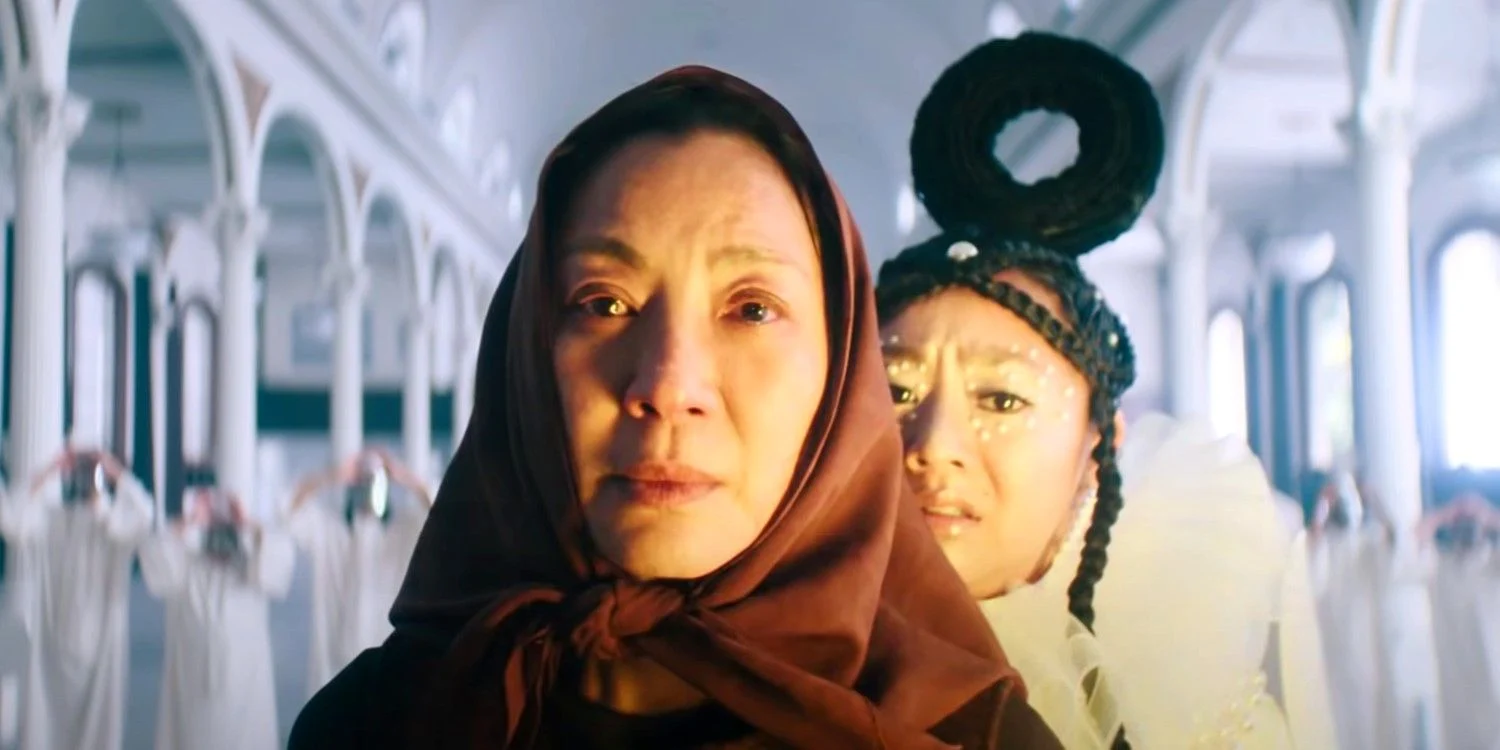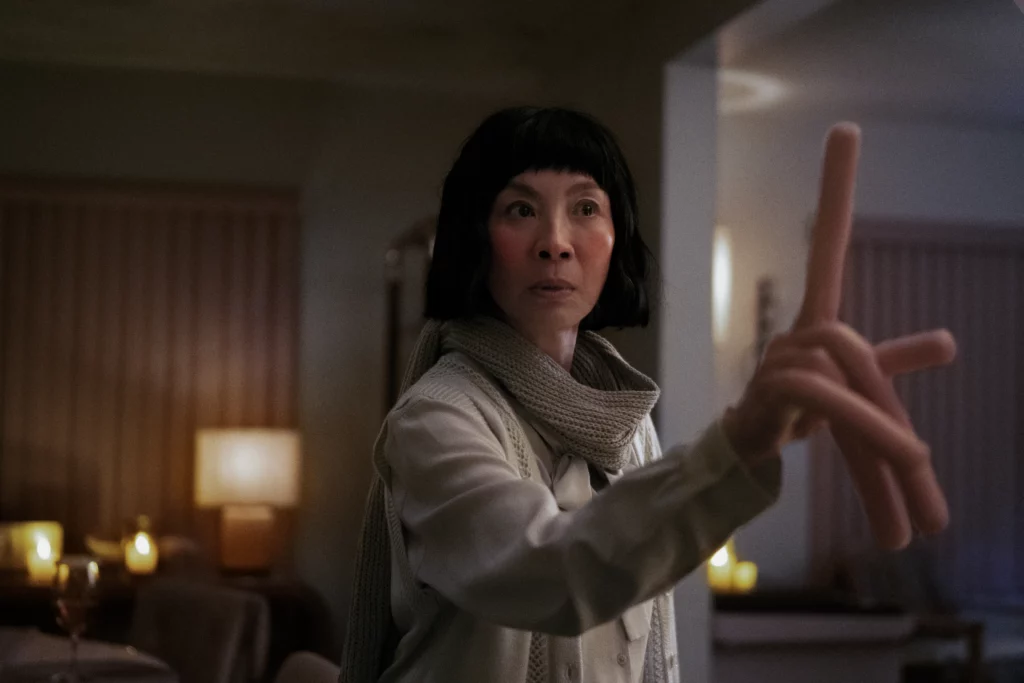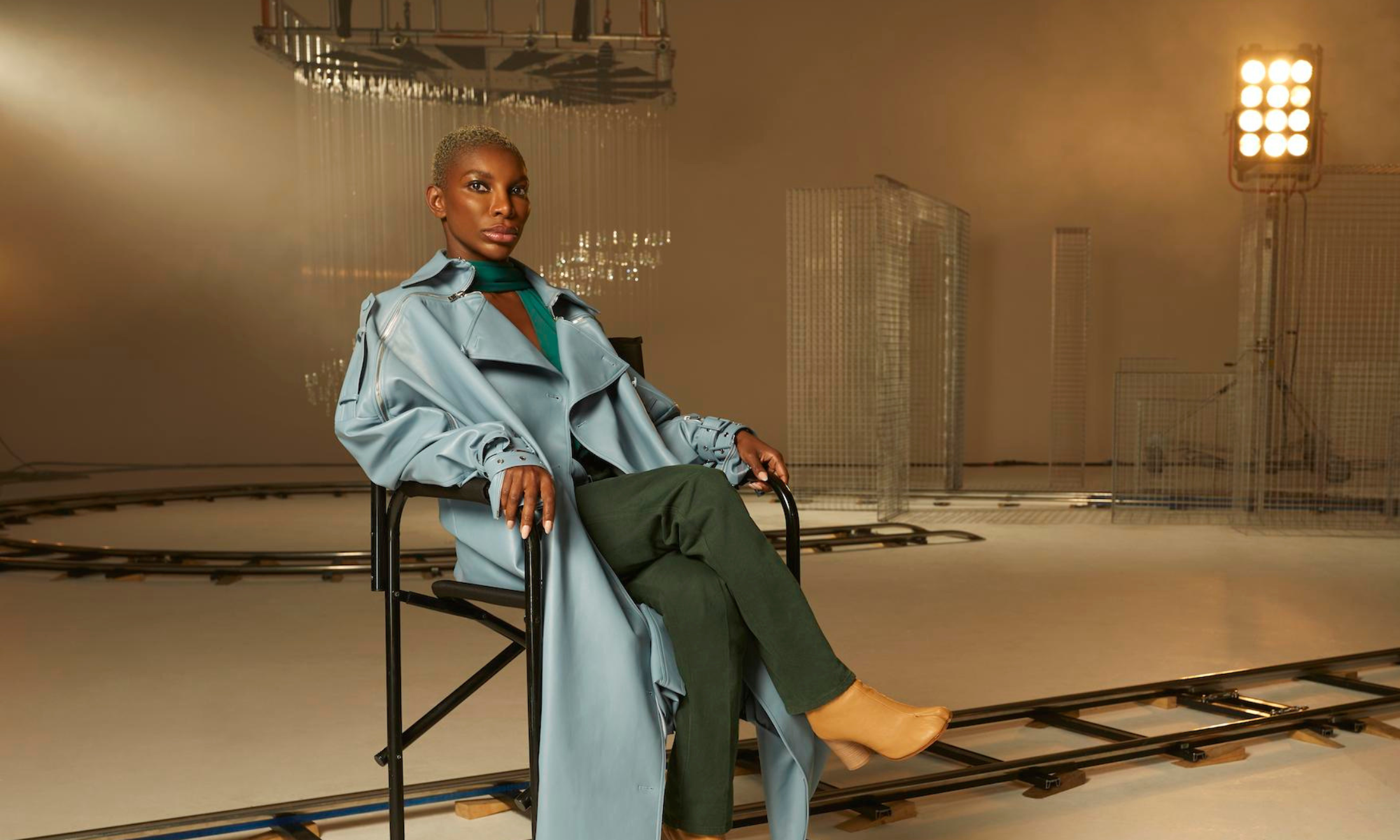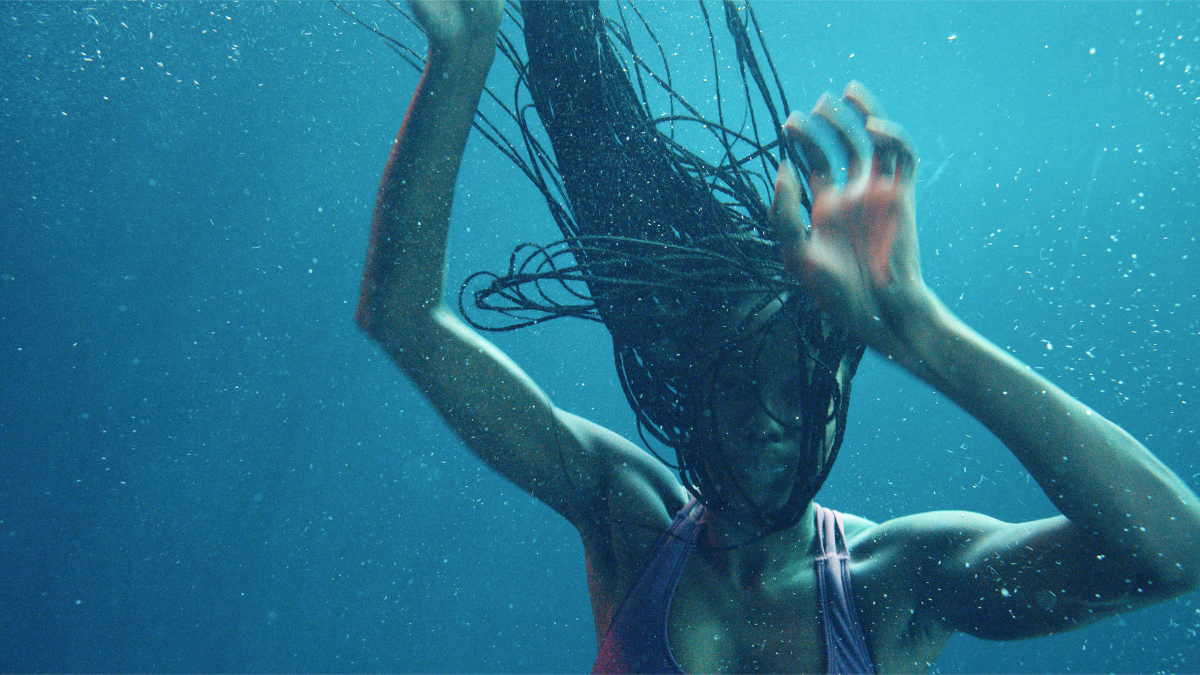
courtesy of A24
It’s said that the only certainties in life are death and taxes. Fittingly, most of Everything Everywhere All At Once takes place in a tax auditor’s office where Evelyn, our protagonist, anxiously anticipates the tax auditor to deal the final blow to her business. If that wasn’t enough, she’s already juggling these financial woes with a crumbling marriage that is almost terminal, while seeking the approval of her elderly father who is facing his own mortality. Pair this with her decaying relationship with her daughter and we soon realise we’re meeting her at a particularly low point. But life is really made by how we overcome all the uncertainties in-between.
The film’s trippy format has garnered a lot of attention. Things change when her husband, Waymond, suddenly turns to her, informing her that he is in fact not her husband, but another version of Waymond from a different reality, from a world where humans have learned to ‘verse jump’ to their other lives. He tells her that she is the last chance they have to save humanity and defeat Jobu Tupaki, an alternate version of her daughter Joy, who is a behemoth of chaos from the Alpha-verse. Evelyn learns that she is only one iteration of Evelyns in an infinite multiverse of other versions of herself – yet, she is the only one who can save the world. Immediately, we’re thrust into a dizzying, universe-hopping adventure, where the tax office transforms into a site of the battle with some of the most original fight choreography in recent film history – involving but not limited to fanny-packs, paper cuts, and butt plugs. Michelle Yeoh’s sensitive portrayal of a Chinese-American woman barely holding her life together elevates a sci-fi film to a philosophical study of immigrant experiences that makes you cry and then giggle in the same breath.
For Everything Everywhere All At Once’s directors, Daniel Kwan and Daniel Scheinert, collectively known as the Daniels, the multiverse is not about uniting different superhero universes but rethinking the infinite ways that our paths could split, depending upon every decision we make. As a second-generation Chinese-American, Dan Kwan frames the multiverse through the lens of the immigrant experience. He explains to gal-dem: “My father came from Hong Kong, my mother came from Taiwan and there have always been these questions – what if they didn’t move here? How unrecognisable would my life have been?” The experience of uprooting your life to a new country often shifts your whole life trajectory and we frequently see the older immigrant generations fantasise about the other possibilities, looking back to an old home and a parallel life. The multiverse is not just a sci-fi trope, but a way of exploring the breadth of immigrant anxieties, and also desires. If there is a world where Evelyn, the martial arts master, can exist alongside Evelyn, the laundromat owner, then the beauty of our universe lies in the expansive probabilities of human existence. “We’re trying to say that every immigrant woman that you see on the street could be a star,” Kwan smiles.
Language is our key to understanding each other, and here, it unlocks the multiverse. The Daniels consider the challenges of growing up in a multilingual household and how that shapes different understandings of reality. Even before the multiverse is introduced, each character seemed to be cocooned in their own world, speaking past each other, failing to recognise the needs of their loved ones. Evelyn underestimates her husband and treats him like a nuisance who can’t do anything right, even while he’s trying to serve her divorce papers. She fails to recognise how important it is to Joy for her queer relationship to be validated. When Joy attempts to introduce her girlfriend to her grandpa in a flurry of broken Mandarin, Evelyn glosses over Joy’s speech quickly, saying that Becky is just a “good friend”. Three different generations in one household stutter along in different tongues, a mix of English, Chinese and Cantonese where language acts as another barrier.
Everything Everywhere All At Once captures the authentic experience of living in an immigrant family that chaotically code-switches from one tongue to another as quickly as Evelyn jumps into different worlds. Here, each change in language represents each character’s idiosyncratic way of seeing the world: English becomes the mode of urgency between Alpha-verse Waymond and Evelyn, while Evelyn mixes up her English pronouns, scoffing that there are no pronouns of he/him or she/her in Mandarin, only they – a utopic look at the future of gender politics. When I point this out, Dan Kwan tells me excitedly: “My way into the multiverse wasn’t actually through quantum physics but through linguistics. The philosopher David Kellogg Lewis suggests that by swapping out different words in a sentence, you can completely change its meaning. He even says that every switch in language can create a completely different reality .” If language is the key to our reality, then it is also the conduit to understanding other realities. By unlocking other dialects, we can connect to each other and forge a shared vision.
“Living multiple realities at once she can’t see meaning through the frenetic absurdity of it all. It’s an allegory to stop and interrogate the beauty and possibility of what you have in front of you”
Another reading of the multiverse metaphor is that it speaks to our constant exposure to multiple realities in the digital age. A barrage of information, images, and stories have a lifespan of minutes in our minds and overstimulate us to the point of numbness.
Kwan says, “Unlike Eveyln, Joy and Jobu Topaki grew up with the internet that has created these alternate universes. Our younger generation is realising now how scary it can be to our brains, how we’ve moved to this age of techno terror.” The Daniels show what it’s like being alive today, of being overloaded, overstimulated and overworked, and how to find connection through all the chaos. The problem for the movie’s villain, Jobu Topaki, is that she is living multiple realities at once as she constantly verse-jumps between each world. She can’t see meaning through the frenetic absurdity of it all. The film interrogates the current moment of dread that fills our generation through Jobu’s inherently nihilistic outlook. It’s an allegory to stop and interrogate the beauty and possibility of what you have in front of you.

It makes sense then that jumping through Everything Everywhere All At Once’s mishmash of different multiverses feels like hopping between a thousand open tabs. One takes you to a scene saturated in the shadowy tones of a Wong Kar Wai film, the next takes you to a Ratatouille remake, and another takes you to a world where we have hotdogs for fingers. Yet, wading through this unnerving journey you can see that the characters can’t help but gravitate towards each other, even in their supposedly ‘better’ lives apart. Subverting nihilism into humanism, the Daniels exposes the beauty inherent in everything, if you look at it long enough.
There is always an intergenerational tug of war, especially within migrant families. Ultimately, for Evelyn to understand Joy and Jobu Topaki, she first must look at herself, at her own self-doubt and regrets. Her immigrant fears around lack of success and an urge to assimilate are projected onto her daughter, so it’s easier to believe that Jobu Topaki is an evil spirit controlling her. But, she eventually accepts that she is partly the reason for Jobu Topaki and her daughter’s pain. Through observing her daughter in various contexts through different worlds, Evelyn grows to empathise with Joy’s struggles, coming to terms with her daughter’s autonomy, her relationship, and her choice to drop out of college (but not the tattoos, though). By looking at her loved ones’ supposed weaknesses, she discovers their strengths. Observing Waymond, Evelyn discovers that his dialects of softness aren’t weak, but a form of fortitude. Waymond’s kindness becomes the radical solution to healing their family from a cycle of generational trauma.
For an older generation of Asian women whose idea of strength hinges upon pragmatism and impenetrable hardiness, the film explores new definitions of strength with radical empathy as its main tool. According to psychologists, trauma can shrink one’s imagination. So here, imagination is an act of healing where we imagine queer and diasporic futures that are loving and joyful. Representation by itself is not a virtue, yet here, the film gives an honest depiction of generational Asian trauma and considers how to transform it into hope for the future.
Daniel Kwan adds: “We’re trying to create a new form of generational healing. We have to teach our children to be more emotionally intelligent so that they can create a better world. It’s more than just one family, it’s crucial to our society.”
Everything Everywhere All at Once is out in cinemas now.
Like what you’re reading? Our groundbreaking journalism relies on the crucial support of a community of gal-dem members. We would not be able to continue to hold truth to power in this industry without them, and you can support us from £5 per month – less than a weekly coffee.
Our members get exclusive access to events, discounts from independent brands, newsletters from our editors, quarterly gifts, print magazines, and so much more!









